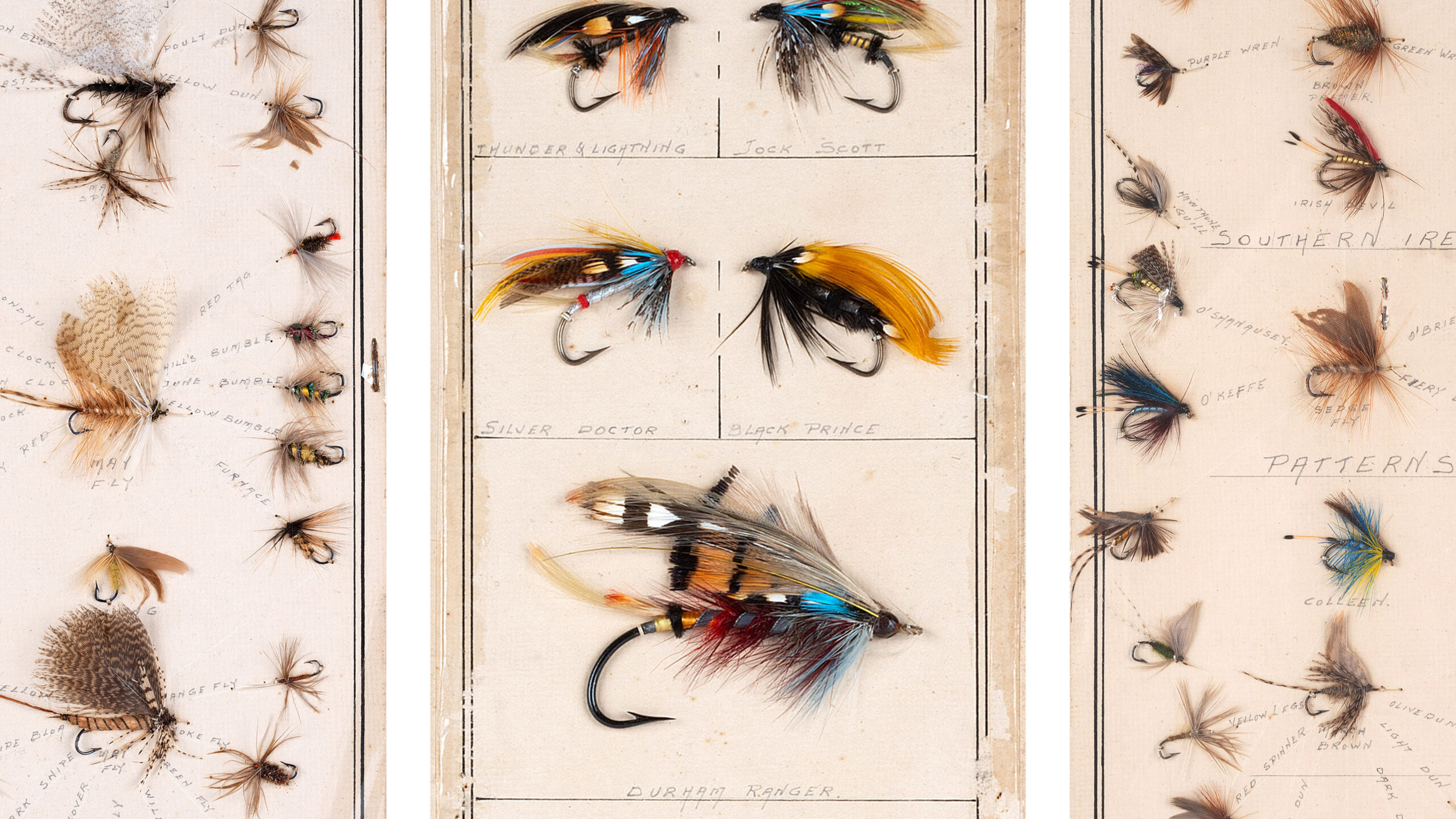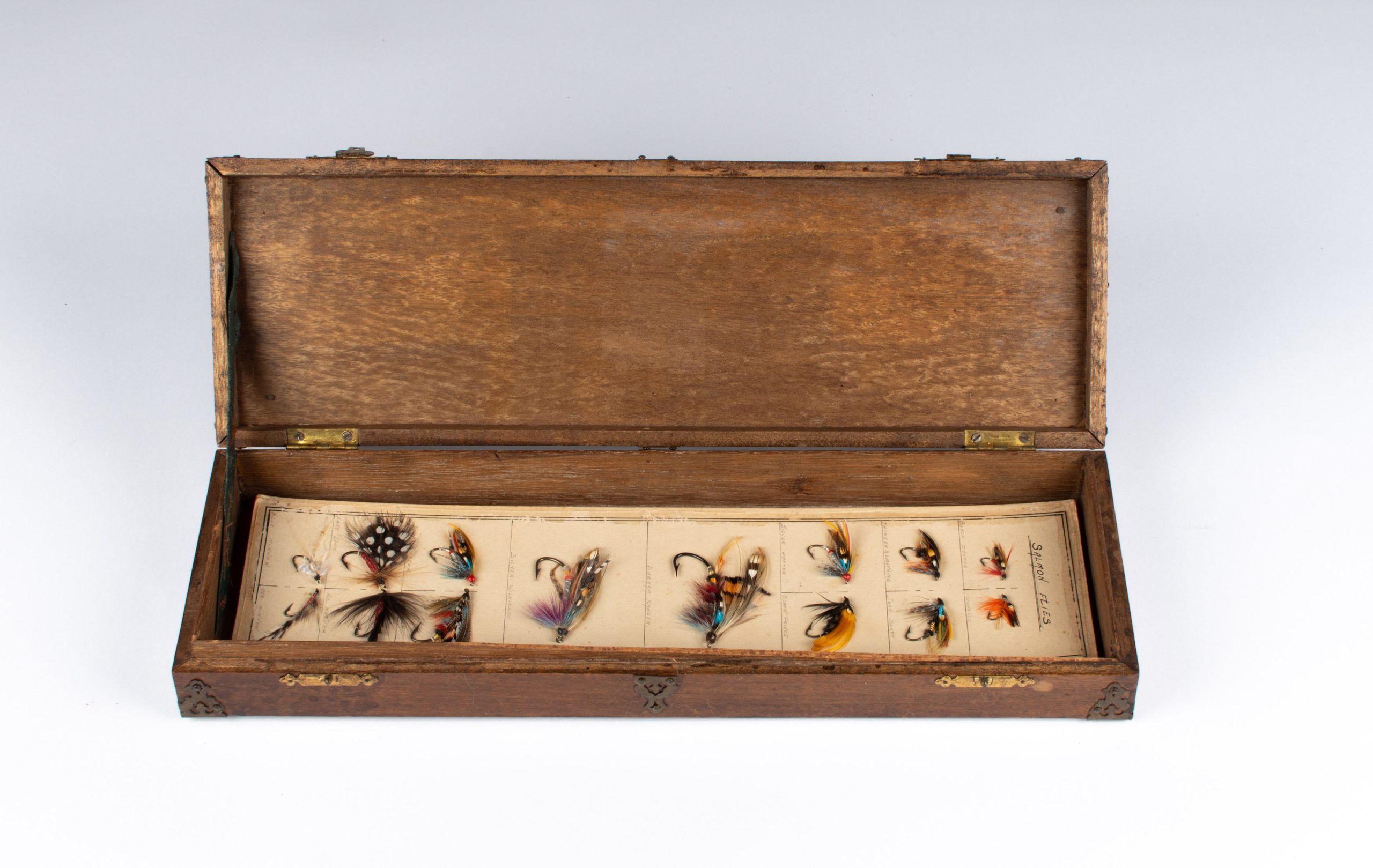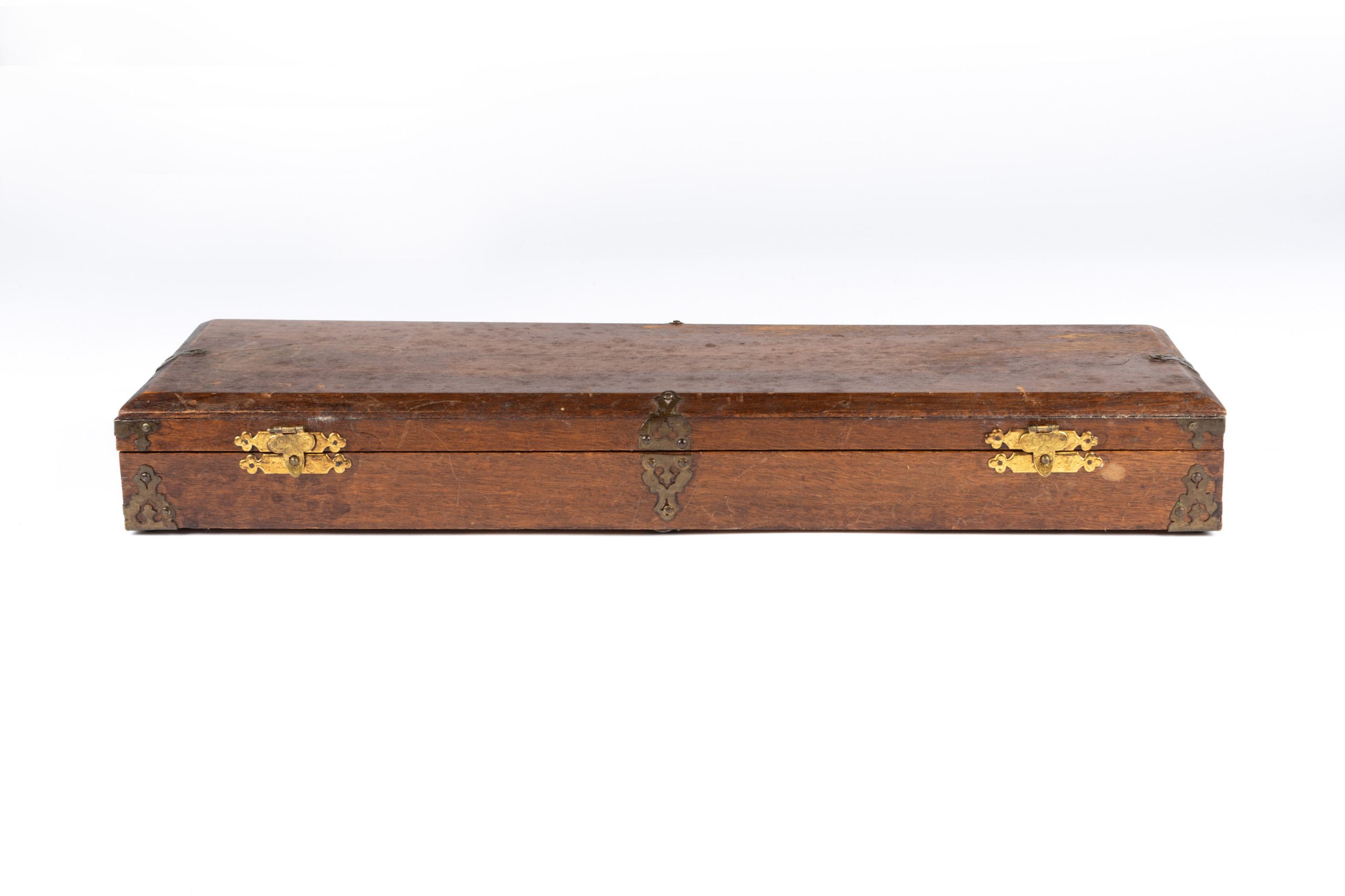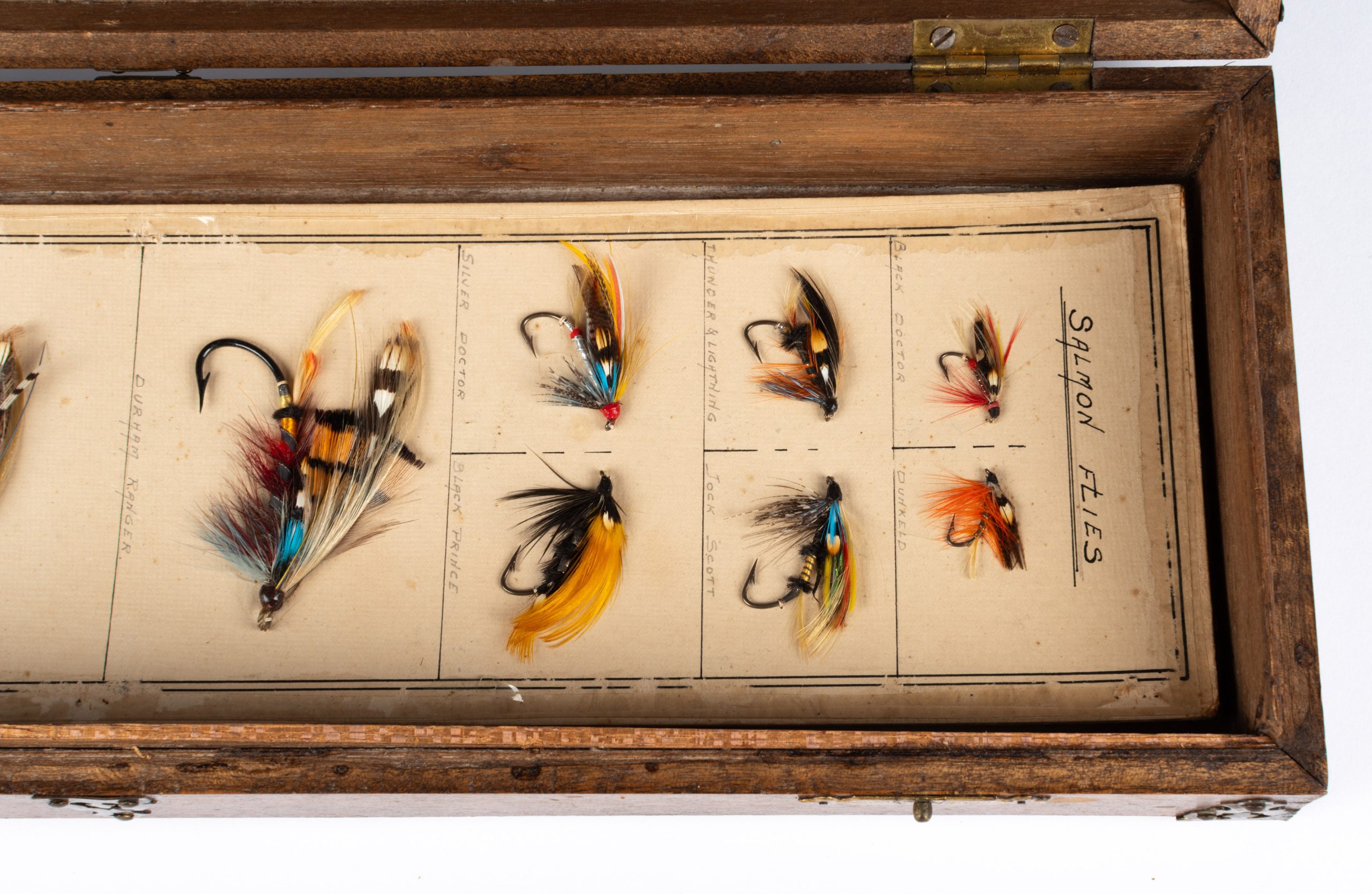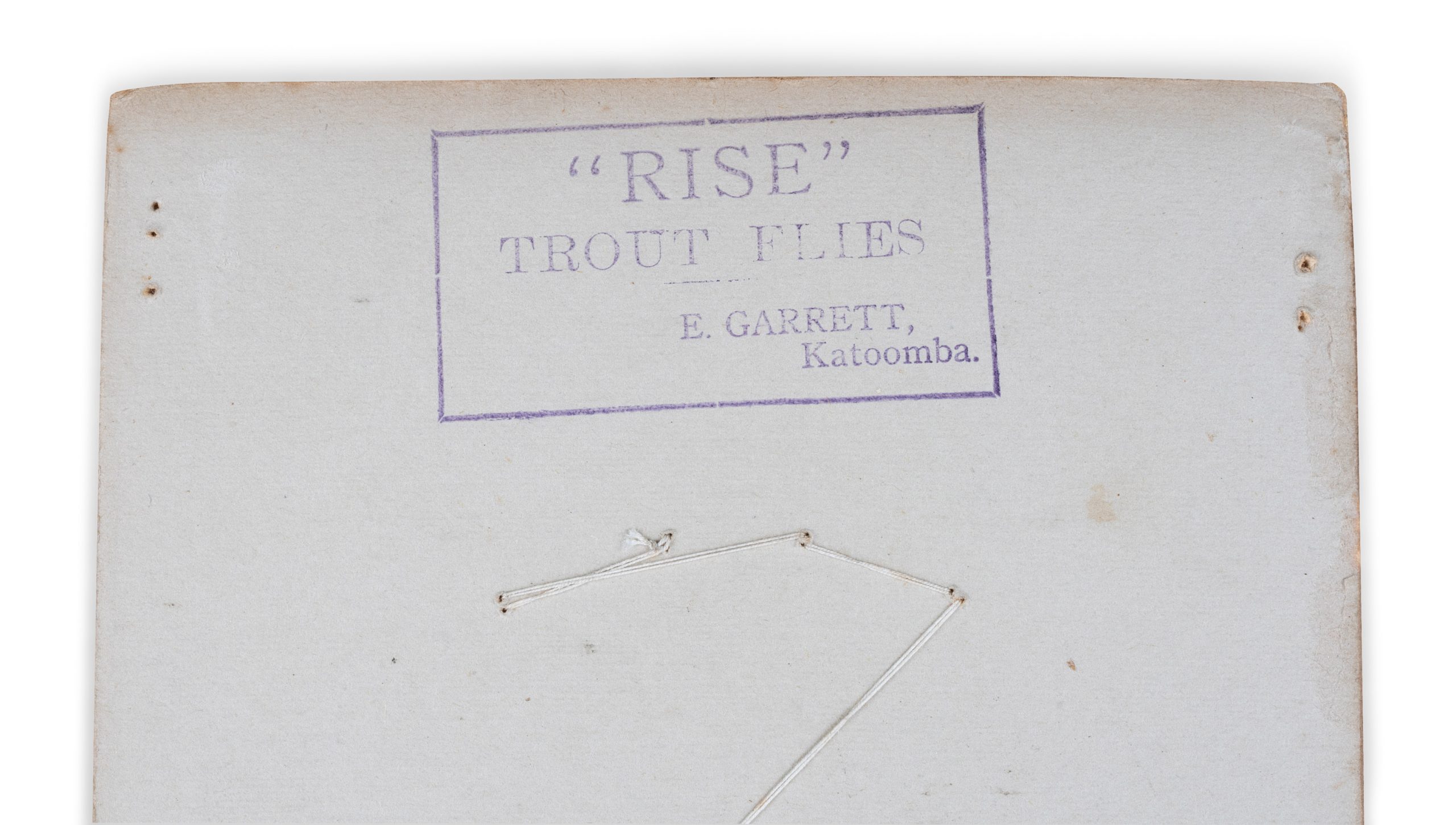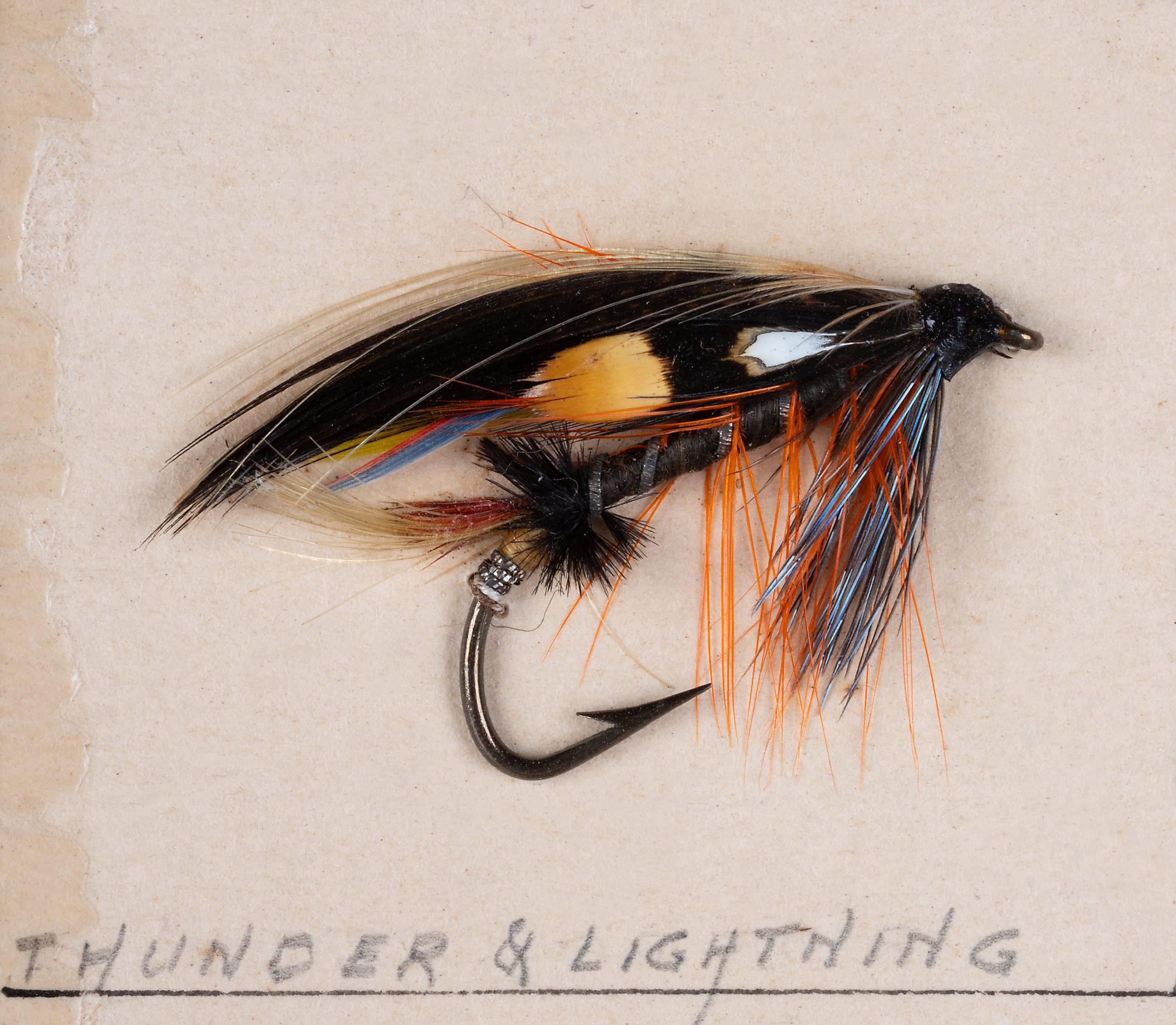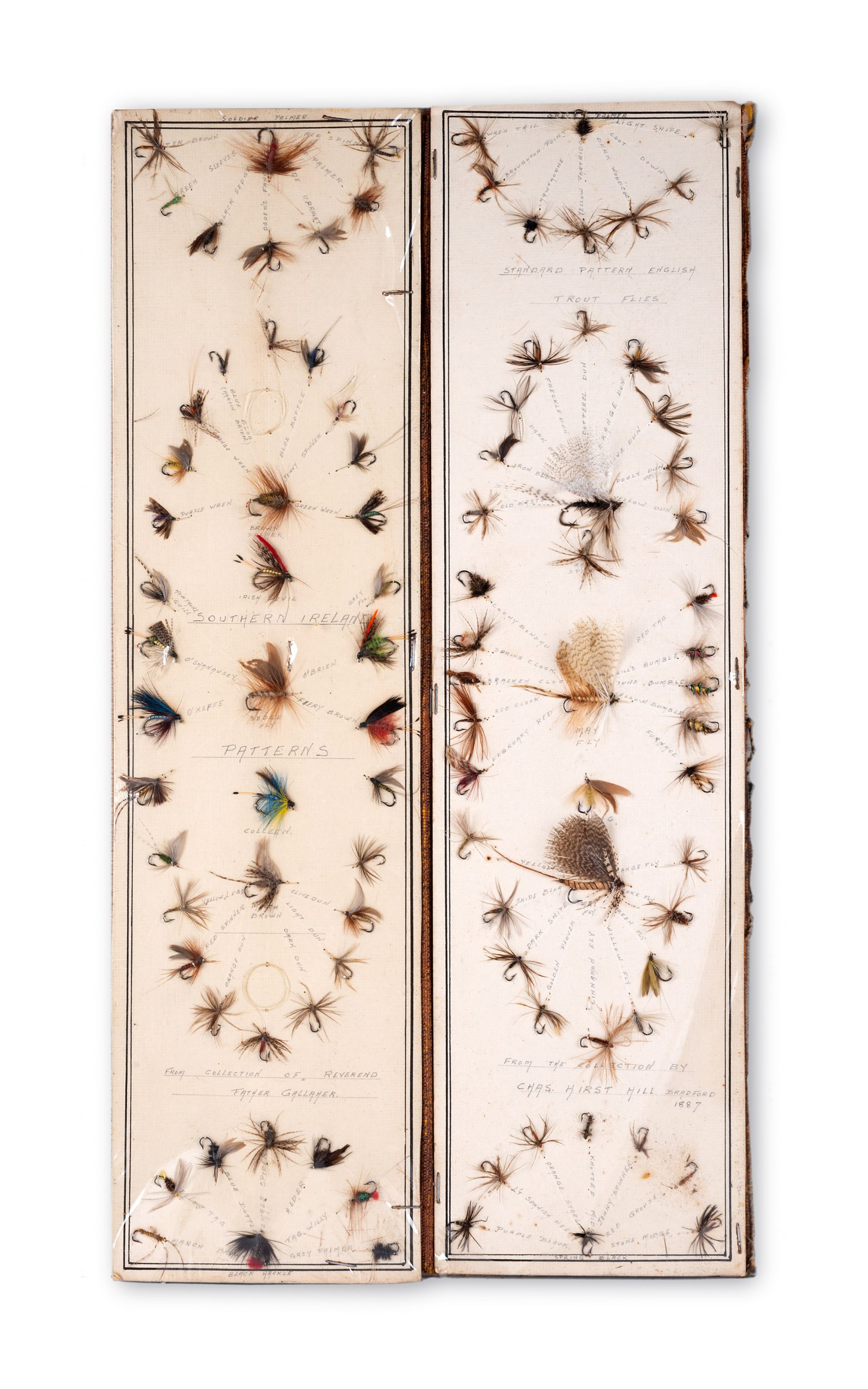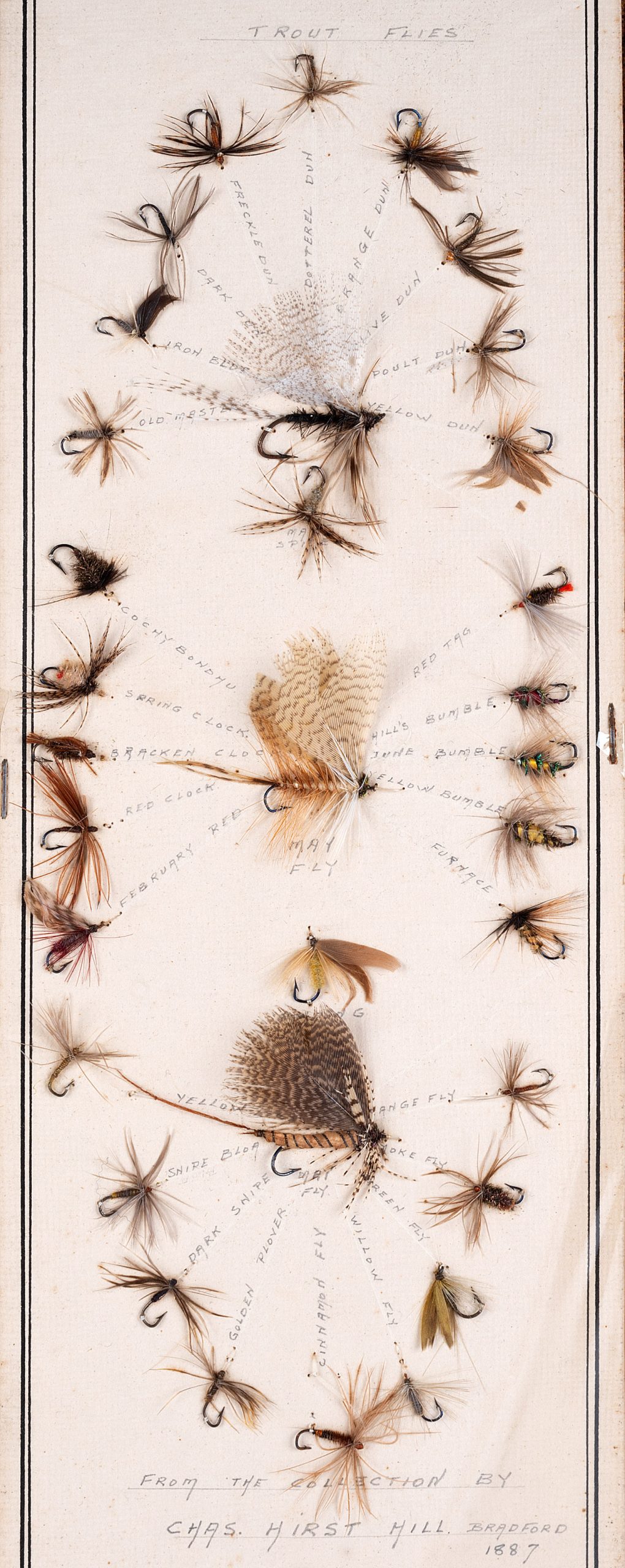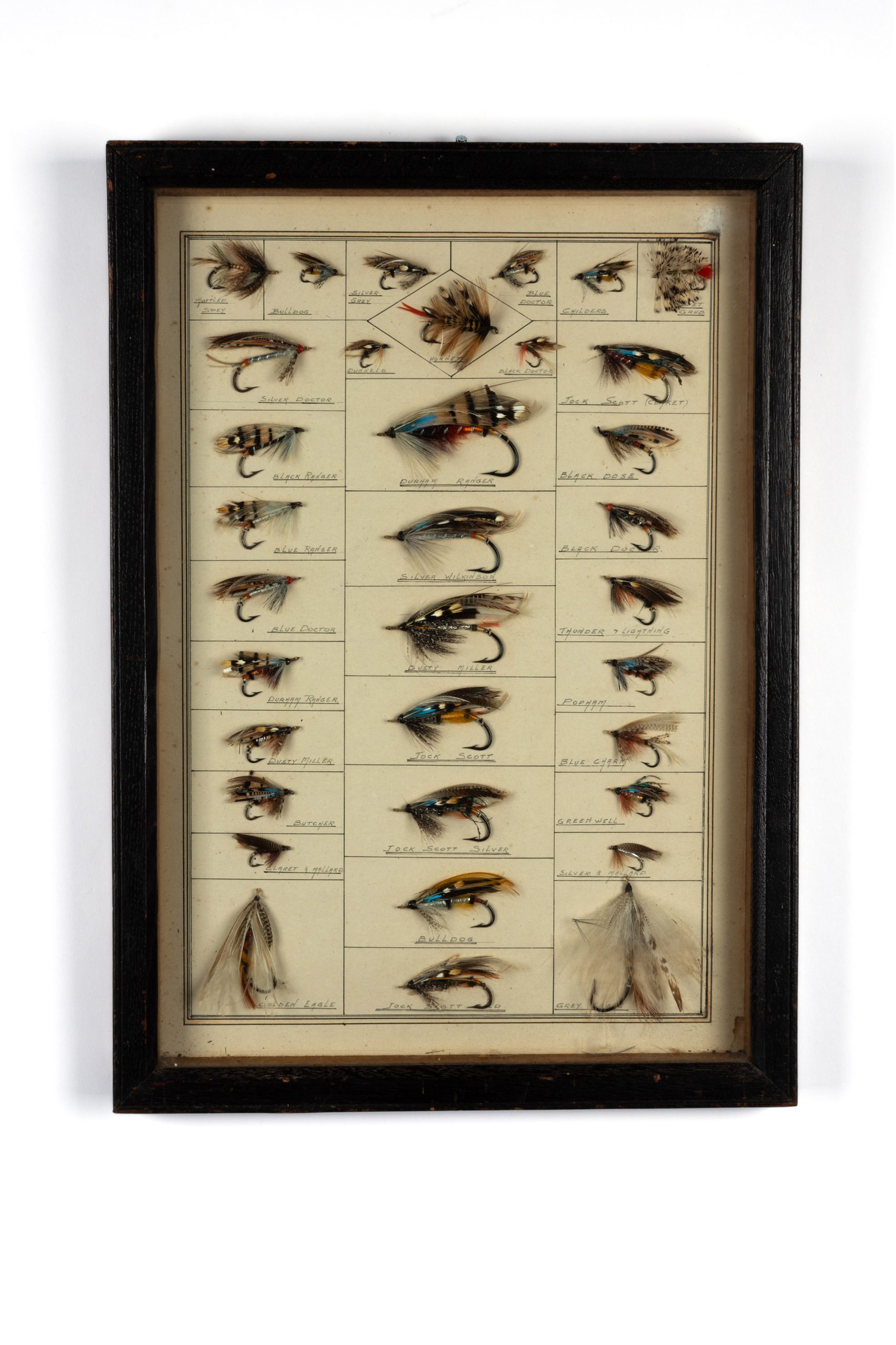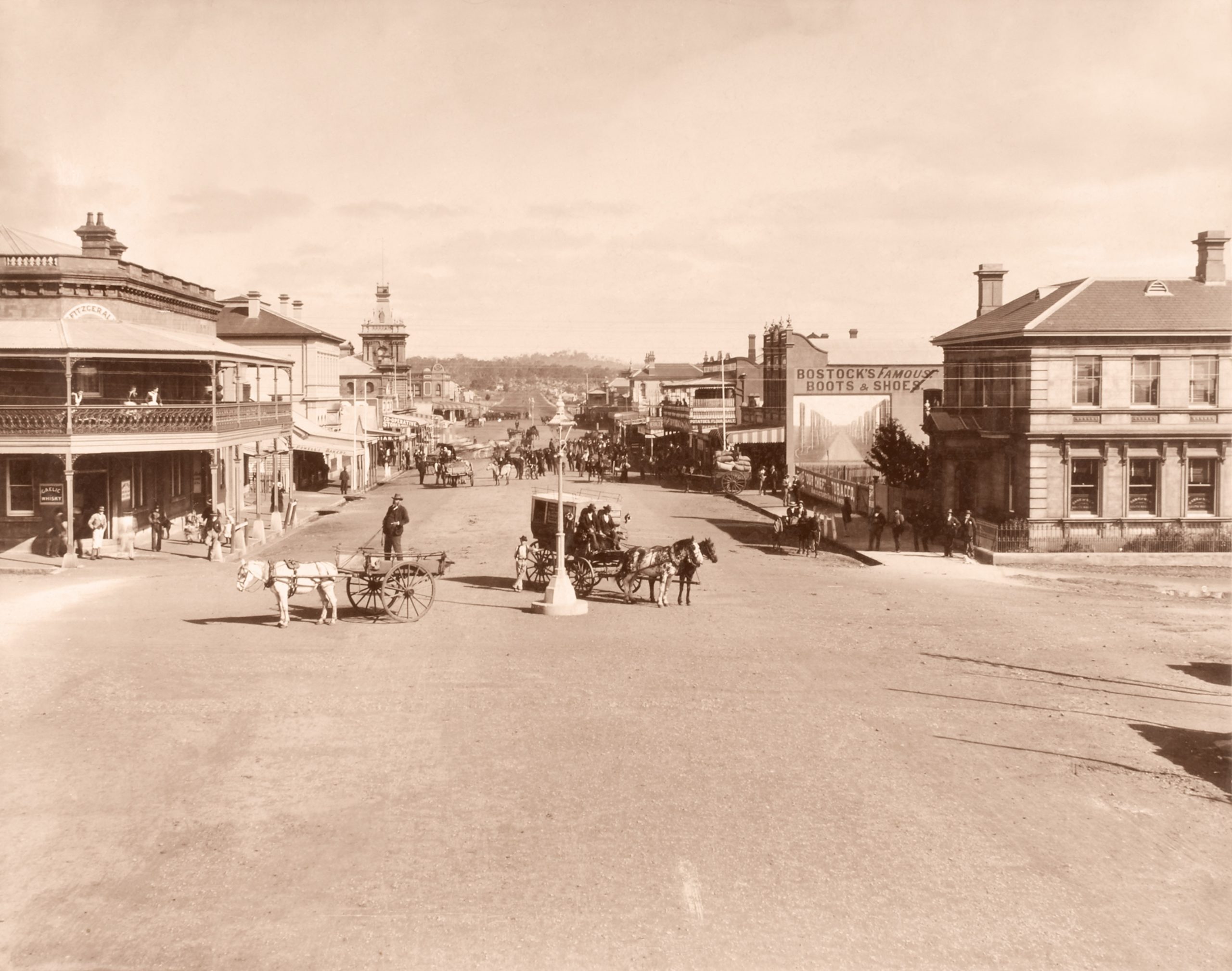Beguiling Wary Fish
Elsa Lowry and the Art of Catching Trout
In 1934, Elsa Lowry (née Garrett) (1914-1991) expected to make 50,000 fishing flies a year in her small workshop in Katoomba, in central NSW. Each of her 500 varieties of fly were tied by hand and mimicked insects that fish loved to eat like ants, flies, dragonflies and crickets to ‘entice trout from …. secluded spots.’
Lowry began tying flies at sixteen, inspired by her father Ernest Gordon Garrett (1890-1959) who was a keen angler and one-time President of the Blue Mountain Rod Fishers Society. She attributed her booming business to her study of entomology and ability to carefully copy nature.
To make her colourful and effective flies, Lowry imported materials ‘from the four corners of the globe’ including ‘feathers plucked from the heads of pheasants from China, hackle won from the glory of peacocks’ tails, varicoloured plumage from the Indian jungle cock’ as well as the finest silk and seals’ fur. She employed two permanent assistants to keep up with demand and three others ‘when there was a rush.’ After all, expert anglers said her flies were much better than worms for ‘beguiling wary fish.’
Following WWII, Elsa and her husband, William Lowry, moved to Glen Innes in northern NSW where she continued her work. The ‘Glen Innes Hopper’ was a fly she developed following her move which mimicked a grass hopper with outstretched wings. Like many of her products, the hopper had a reputation as a particularly good lure for trout.
Fishers societies, including the Blue Mountain Rod Fishers Society, strongly advocated for and executed stocking programs which released non-native brown trout and rainbow trout into NSW waterways throughout the twentieth century. Elsa’s business undoubtedly benefitted from the enthusiastic anglers who ran these programs.
By the 1980s and 1990s, recreational anglers began to successfully push for more consideration in public policy arguing that the introduced species offered economic benefits for many regional towns – especially when accounting for tourism. However, ecologists today argue that trout have ‘disrupted the delicate balance of Australia’s ecosystem,’ with the invasive species posing great risk to twenty-two of Australia’s most at-risk native fish species.
In 1991, Elsa passed away and was buried in Glen Innes where a collection of her expertly-crafted lures are now kept safely.


